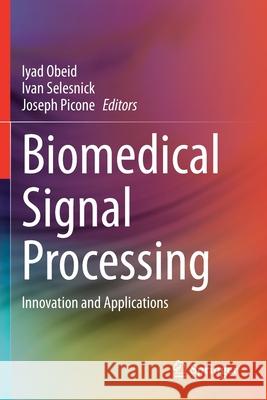Biomedical Signal Processing: Innovation and Applications » książka
topmenu
Biomedical Signal Processing: Innovation and Applications
ISBN-13: 9783030674960 / Angielski / Miękka / 2022 / 272 str.
Biomedical Signal Processing: Innovation and Applications
ISBN-13: 9783030674960 / Angielski / Miękka / 2022 / 272 str.
cena 484,18
(netto: 461,12 VAT: 5%)
Najniższa cena z 30 dni: 462,63
(netto: 461,12 VAT: 5%)
Najniższa cena z 30 dni: 462,63
Termin realizacji zamówienia:
ok. 22 dni roboczych
Dostawa w 2026 r.
ok. 22 dni roboczych
Dostawa w 2026 r.
Darmowa dostawa!
Kategorie BISAC:
Wydawca:
Springer
Język:
Angielski
ISBN-13:
9783030674960
Rok wydania:
2022
Ilość stron:
272
Waga:
0.38 kg
Wymiary:
23.39 x 15.6 x 1.45
Oprawa:
Miękka
Wolumenów:
01
Dodatkowe informacje:
Wydanie ilustrowane











